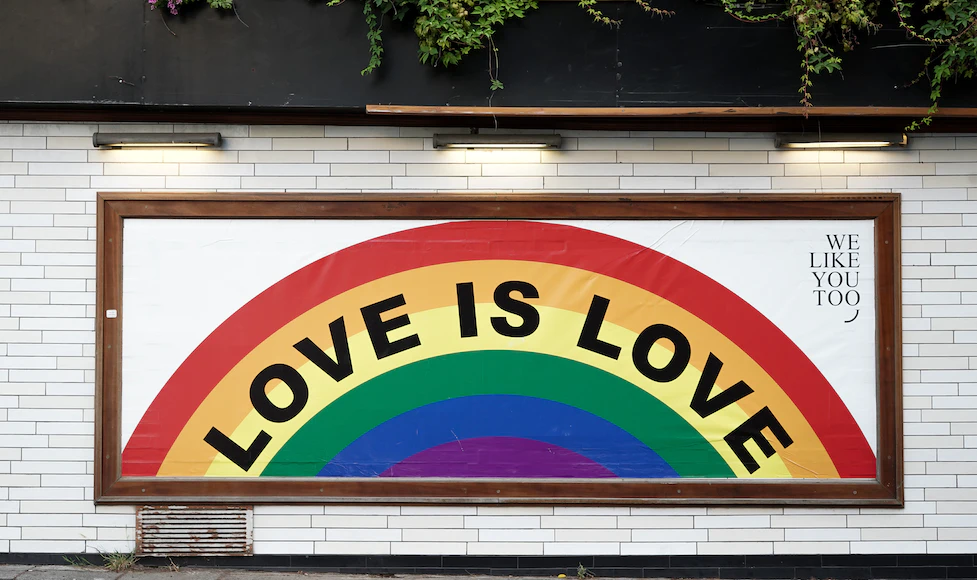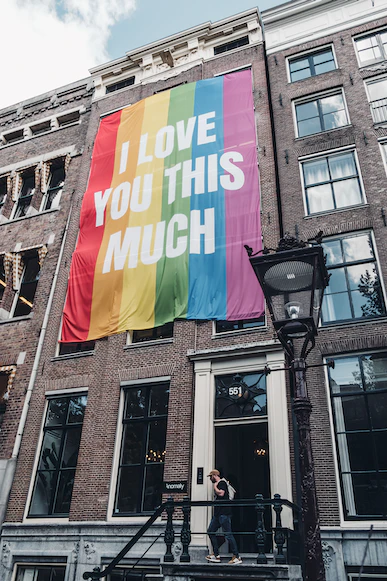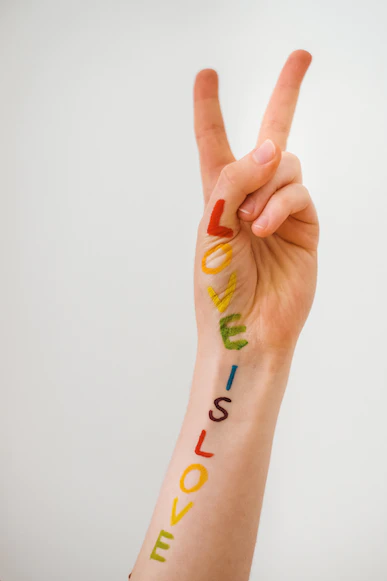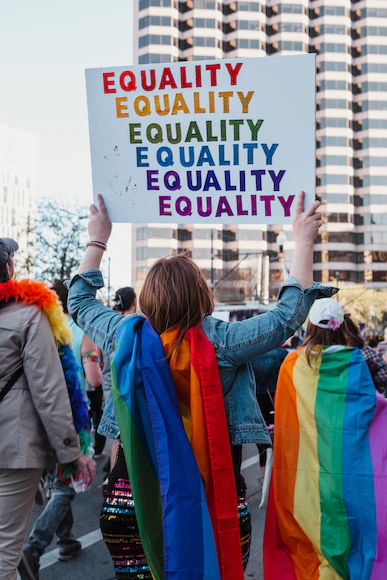“Open conversations on sensitive topics are opportunities to teach kids about the value of empathy and respect for others.”

Young people often learn about gender identity and LGBTQAI+ issues through friends, at school, or the media before ever discussing it with their parents. Many of the terms may be confusing to understand and easy to misinterpret. Unlike in the recent past, acceptance, and inclusivity preached by other youth are becoming the norm rather than the exception. Most kids however would still benefit from open conversations with their parents on the topic. Every parent wants the best for their children. However, providing support is not always easy, particularly if you are the parent of an LGBTQ child.
Understanding LGBTQ and Sexual Orientation
The letter “LGBTQ” is generally used to describe sexual orientation. This acronym is an abbreviation for “lesbian, gay, bisexual, transgender, and queer (or questioning)”
The term “transgender” refers to gender identity, and not sexual orientation. Gender refers to whether a person is male or female. Transgender people may have one gender’s body but believe they are of the opposite gender.
Meanwhile, sexual orientation refers to a person’s emotional, romantic, or sexual attraction to another person. There are various types of sexual orientation, such as:
Heterosexual
Males are romantically and physically attracted to heterosexual females, and heterosexual females are romantically and physically attracted to heterosexual males. Heterosexuals are often referred to as “straight.”
Homosexual
People who are romantically and physically attracted to people of the same gender.
Bisexual
People who are romantically and physically attracted to people of both sexes.
Asexual
People who are not interested in sex, sexual feelings, or desires.
Create a Safe and Nurturing Environment

The first step towards discussing LGBTQ issues is to create a safe and nurturing environment where your children can express their opinions on the topic, free of judgment. Your child may have noticed that LGBTQ children in their school may face sexual orientation discrimination at school, or even within their own families. If your child is confused or has questions about his or her identity and orientation as well, it is incredibly important that understanding and support come from you as the parent.
The next step is to have meaningful conversations on LGBTQ issues about gender identity and sexual orientation. You could start by simply asking them how they identify or what makes them feel comfortable. You can also discuss topics such as LGBTQ history and current events, which will help kids understand the cultural aspects of being LGBTQ in today’s society.
It is essential to remind LGBTQ children that everyone is unique and that it is acceptable for people to express themselves in whatever way feels natural and comfortable to them. Remind them that exploring gender identity and sexual orientation is an ongoing journey and that they do not need to rush into any opinions or decisions.
Educate Yourself and Remain Open-Minded
Parents should also educate themselves on the subject of gender and sexual orientation. Be open-minded and willing to learn because children who identify as LGBTQ may face issues that are unique to their experience.
There are numerous excellent resources available online and offline to help you better understand LGBTQ identities and experiences. Here are a few examples:
Books
Family Pride by Michael Shelton: This book is about what LGBTQ families should know about navigating home, school, and neighbourhood safety. It is a great book emphasizing community safety for queer families and allies.
Love Comes First by Bradford Kolb, MD, FACOG & Melinda Maerker: This book is about LGBTQ families’ inspiring stories. This also includes expert advice on raising LGBTQ children, ranging from adoption to surrogacy, a tour of biology, and the latest reproductive medicine technologies from an LGBTQ perspective.
This is a Book for Parents of Gay Kids by Dannielle Owens-Reid and Kristin Russo: Written in a simple Q&A format. The authors have extensive experience answering parents’ numerous questions and providing insight and guidance on emotional and practical issues.

YouTube
Queer Kid Stuff: This channel provides LGBTQ and social justice media to children and families. They produce videos, podcasts, newsletters, and various other media.
Shame Proof Parenting: Mercedes Samudio is a best-selling author, speaker, and parent coach. In this episode, she speaks with John Sovec about how to support a child who identifies as LGBTQ and helps teens and parents navigate the process of coming out.
Powered by Rainbows: Every week, this channel offers LGBTQ videos that include highly researched classes, documentaries, interviews with experts and activists, and so many more.

Communities / Organizations (Singapore based)
The T Project: This is Singapore’s first and only social service that caters to the needs of the transgender community. The T Project runs a transgender women’s shelter, a community center, counseling services, and trans reading materials.
Sayoni: The organization was founded in 2006 by six women from diverse backgrounds to empower queer women, including lesbian, bisexual, and transgender women. The volunteer-led organization based in Singapore believes that everyone can help improve the lives of the LGBTQ+ community.
The Purple Alliance: This is a safe space that promotes the well-being of LGBTQA people. It gives them the ability to share their stories and provides them with the resources they require.

Parents should be aware of any LGBTQ-related activities that children may be interested in attending (such as LGBTQ pride festivals or LGBTQ-focused events at schools) and support participation if they feel comfortable doing so. You could also Introduce kids to movies and other forms of media that feature LGBTQ characters or themes. Doing so will give children exposure to the issues and stories surrounding the topic.
Respect Your LGBTQ Child’s Privacy
Remember that the gender identity and sexual orientation of LGBTQ children are private matters. It is critical to remind your child to respect others’ privacies as well as protect your LGBTQ child’s privacy and not reveal any personal information about them without their consent. This includes not discussing LGBTQ issues with other family members or friends without the child’s permission. Parents should be aware that their children may be reluctant to discuss their gender identity or sexual orientation in public.
Family Rejection
The rejection of LGBTQ children by their own families is a tragedy that has been going on for far too long. This heartbreaking situation can leave deep emotional scars and lead to devastating consequences, such as drug addiction, depression, and self-harming behavior, including suicide attempts.
While this problem is often attributed to the children themselves, it is rooted in society’s attitude towards LGBTQ children and how parents internalize those attitudes. In many cases, the shame caused by parental disapproval can be so great that parents will reject their children instead of embracing them.
When engaging children in dialogue, be sure to let your children know that you support them unconditionally and that you are always there for them if they ever need anything.

Leave a Reply